Coca Coffee Paradise Manor, Colombia, how is the double anaerobic washing Castique?
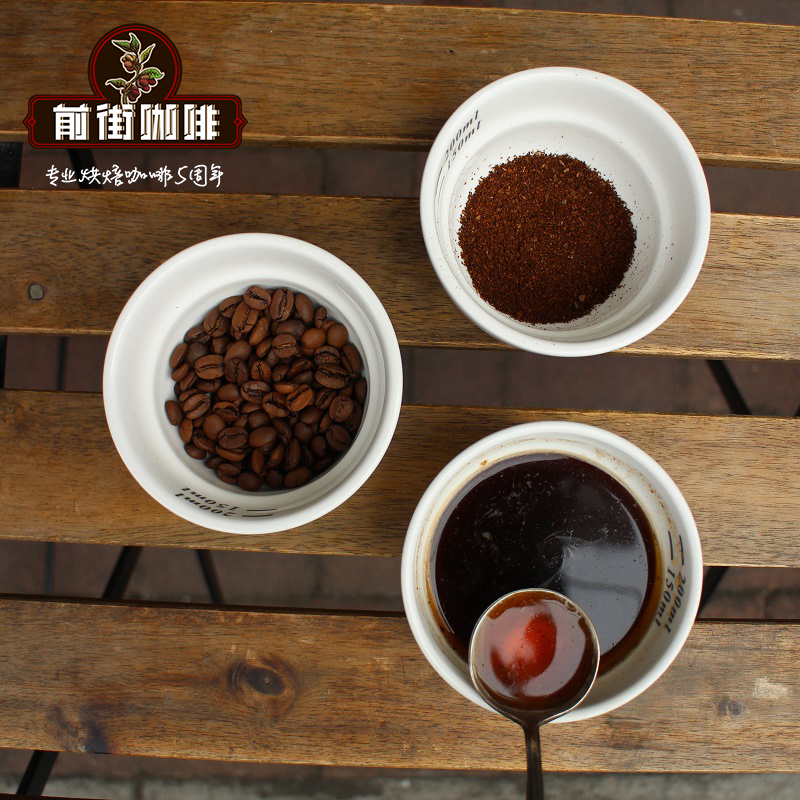
Columbia Paradise Manor double anaerobic washing Castio
Coffee producing area: Cauca
Manor: Paradise Manor
Altitude: 2050 m
Treatment: double anaerobic washing
Variety: Castiyou
Coffee producing area
Colombia is currently the third largest coffee producer in the world, after Brazil and Vietnam. It first planted commercial beans in the 1830s. In the 20th century, coffee accounted for the largest export crop. The mountainous terrain, coupled with a variety of tropical microclimate, provides an ideal planting environment. 75% of the total output is sold abroad, making it the most important source of foreign exchange earnings.
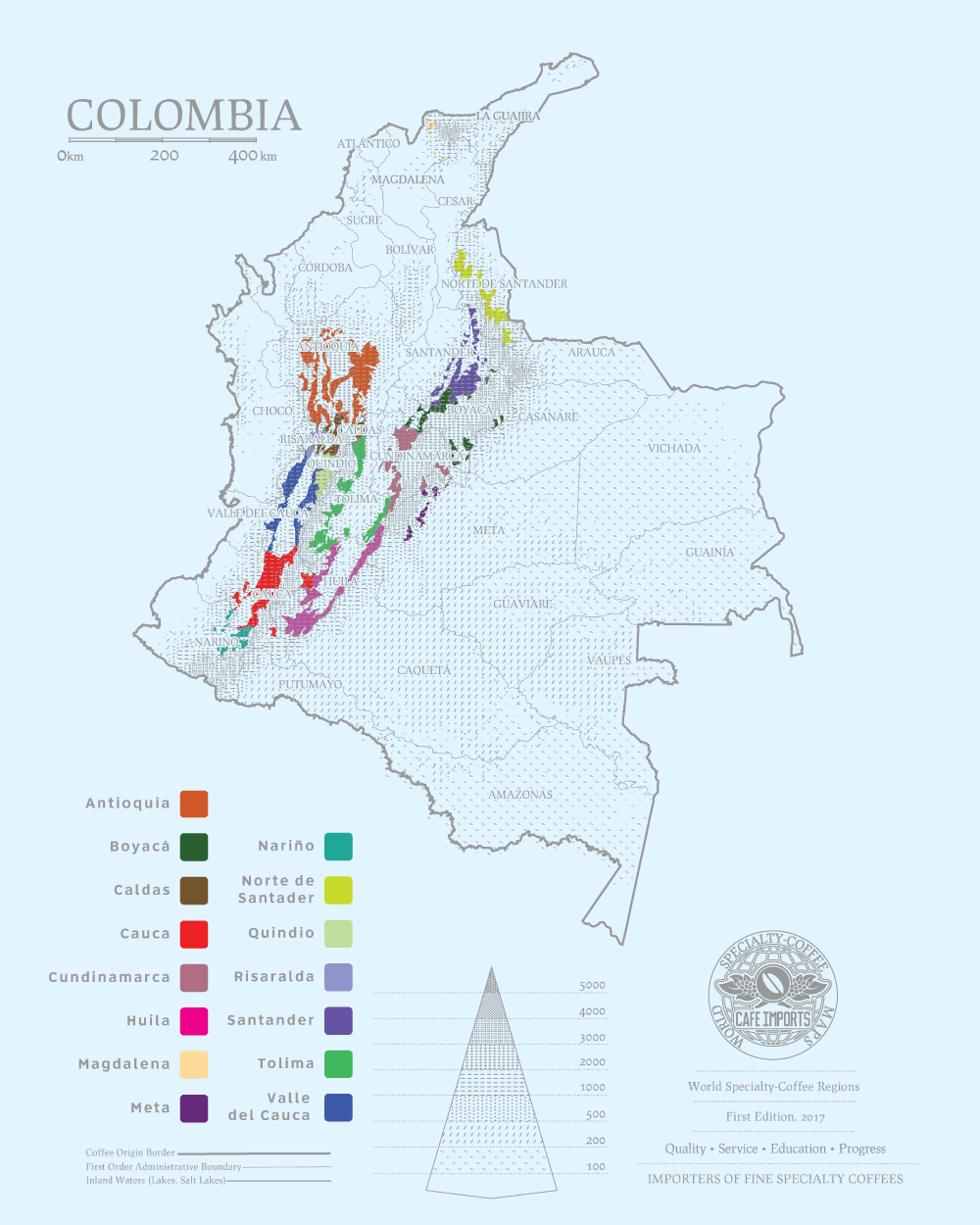
Cauca province is a certified coffee producing area in Colombia, with an average elevation of 1758m and a maximum elevation of 2100m. The topography, precipitation, temperature and volcanic soil of the area prepare suitable conditions for the growth of coffee.
The Cauca producing area is 80% mountainous, with parallel mountain systems in the east and middle, part of the Andes, and the central mountain system includes two main volcanoes, Sotara and Petacas. The border province of Cauca is similar to other southwestern producing areas, with a distinct unimodal distribution (monomodal). The dry season mainly occurs from August to September each year, followed by a concentrated coffee blossom season followed by the following year's concentrated coffee harvest season.
Paradise Manor Finca El Paraiso
Finca El Paraiso is a coffee farm that Mr. Diego Samuel started in 2008, initially as a small family farm of 2.5 hectares, and the owner invests the annual surplus in coffee agriculture and continues to delve into how the boutique flavor can be better produced.
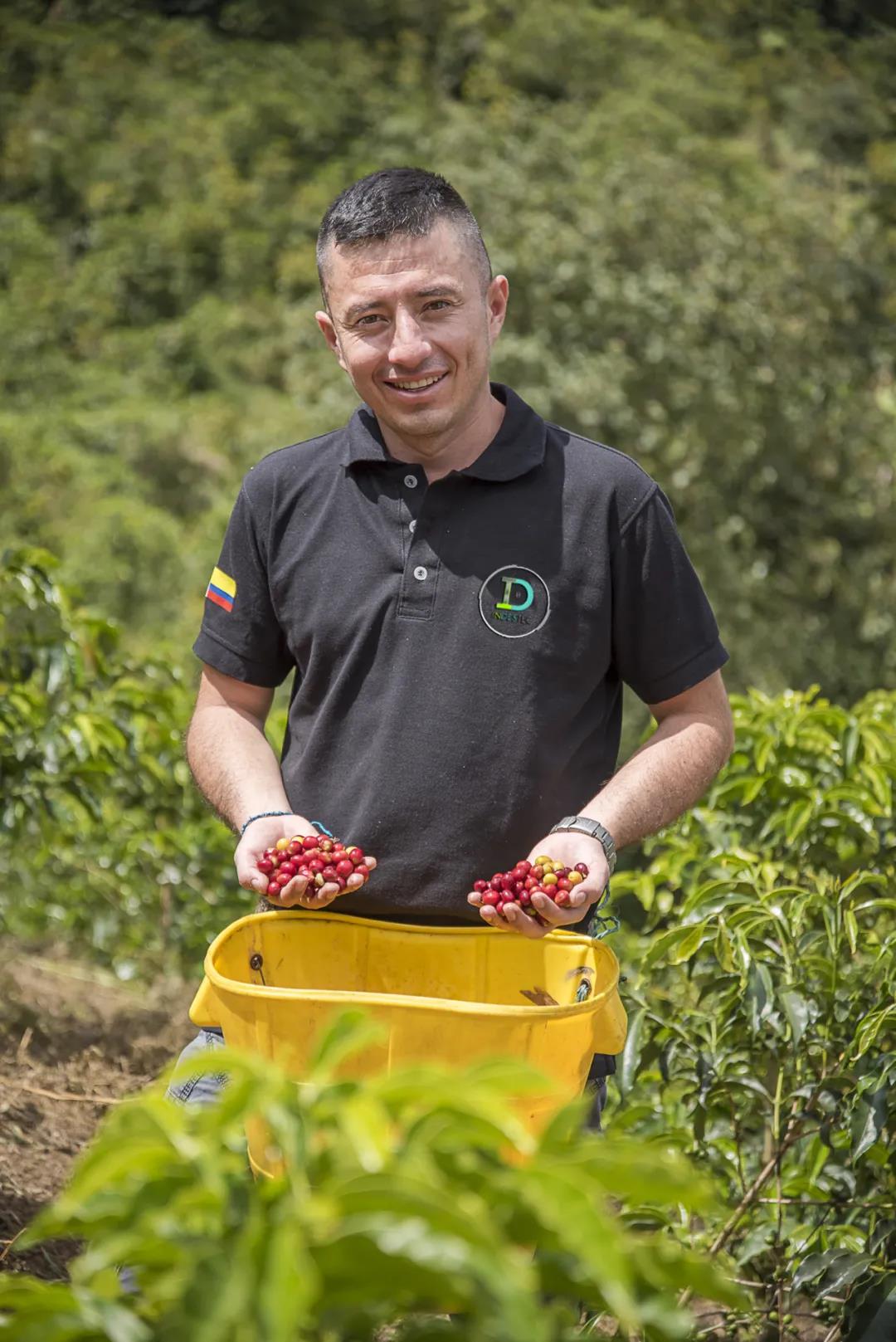
In 2015, he took part in the local regional competition for the first time and won the first place. After becoming famous in World War I, he was recognized by the industry and gave him more motivation in promoting the cultivation of boutique coffee.
Through his company, Indestec (Innovacion y Desarrollo Tecnologico para la Caficultura), Diego has created new and innovative technologies to improve and stabilize the quality of coffee. He says he likes to get out of his comfort zone because it will always help him improve.
At present, Paradise Manor has mainly planted Bourbon Bourbon, pointed Bourbon Laurina, Rosa Gesha, Castile Castillo and other varieties, and is planning to try more different varieties.
Treatment mode
Anaerobic (Anaerobic) fermentation is a very popular post-processing method in recent years. Coffee fruit is usually fermented in an anaerobic environment, then taken out from the anaerobic environment and then treated in the next step. This method is called anaerobic fermentation.
After the coffee fruit is removed from the anaerobic environment, the peel and pulp of the coffee fruit is removed by the machine, and the coffee beans with pectin are put into an anaerobic environment in a plastic bag or other sealed container for another anaerobic fermentation. The treatment method which has experienced the above two anaerobic fermentation is called double anaerobic fermentation.
This Columbia Paradise Manor belongs to double anaerobic washing. After two times of anaerobic fermentation, the coffee beans are removed from the anaerobic environment, washed, washed and then dried in the sun, reducing the moisture content to about 11%.
Coffee variety
The variety of this bean is Castillo Castillo.
Castillo, one of the most widely cultivated coffee varieties in Colombia, is so popular because of its excellent resistance to leaf rust.
Since 1961, CENICAFE began to study Timor varieties of Robusta blood, and then CENICAFE continued its research and development. In 2002, it released a second disease-resistant variety, Tabi (a hybrid of iron pickup, bourbon and Timor), and in 2005 it released the most successful disease-resistant variety so far. After the outbreak of leaf rust in 2008, Colombia began to vigorously promote the cultivation of Castillo.
Baking curve
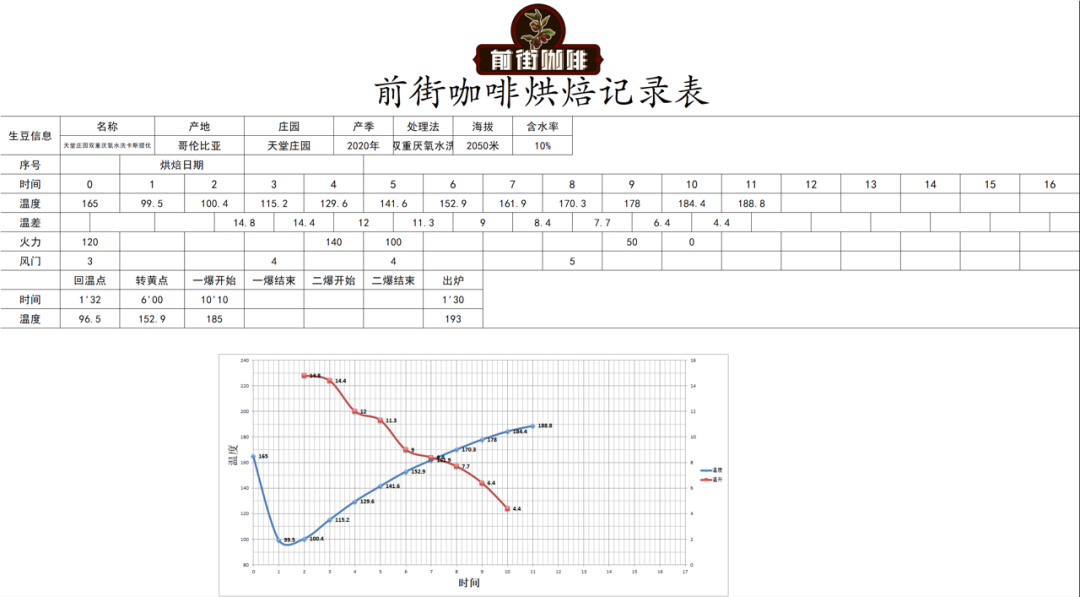
Test the flavor by cup
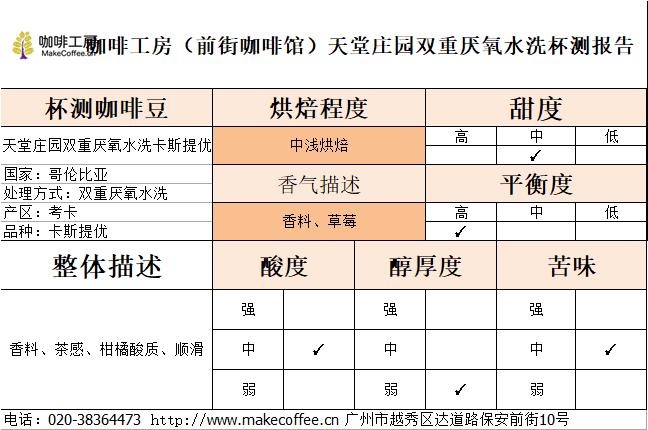
Important Notice :
前街咖啡 FrontStreet Coffee has moved to new addredd:
FrontStreet Coffee Address: 315,Donghua East Road,GuangZhou
Tel:020 38364473
- Prev

Malagasy street coffee culture how about Malagasy coffee
In Madagascar, coffee has become a national obsession and an important part of daily life. At its core are street vendors who devote their lives to the whole process from beans to cups. But being a street vendor here not only means drinking coffee, but also providing important social services for every cup of coffee. Let's explore Madagascar's fascinating coffee culture. Coffee is
- Next
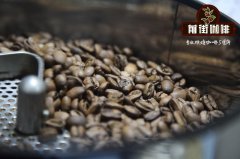
Introduction of Palaima coffee species Honduras Laurel Manor Light Roast Coffee Hand brewed parameters
Honduras Laurel Estate Washed Parainema Coffee Production Area: El Paraiso Planting Elevation: 1400 m Coffee Variety: Parainema Parainema Processing Method: Washed Coffee Grade: SHG Coffee Production Area El Laurel is located in Danli, El Paraiso, one of the six major production areas in southern Honduras.
Related
- Detailed explanation of Jadeite planting Land in Panamanian Jadeite Manor introduction to the grading system of Jadeite competitive bidding, Red bid, Green bid and Rose Summer
- Story of Coffee planting in Brenka region of Costa Rica Stonehenge Manor anaerobic heavy honey treatment of flavor mouth
- What's on the barrel of Blue Mountain Coffee beans?
- Can American coffee also pull flowers? How to use hot American style to pull out a good-looking pattern?
- Can you make a cold extract with coffee beans? What is the right proportion for cold-extracted coffee formula?
- Indonesian PWN Gold Mandrine Coffee Origin Features Flavor How to Chong? Mandolin coffee is American.
- A brief introduction to the flavor characteristics of Brazilian yellow bourbon coffee beans
- What is the effect of different water quality on the flavor of cold-extracted coffee? What kind of water is best for brewing coffee?
- Why do you think of Rose Summer whenever you mention Panamanian coffee?
- Introduction to the characteristics of authentic blue mountain coffee bean producing areas? What is the CIB Coffee Authority in Jamaica?

